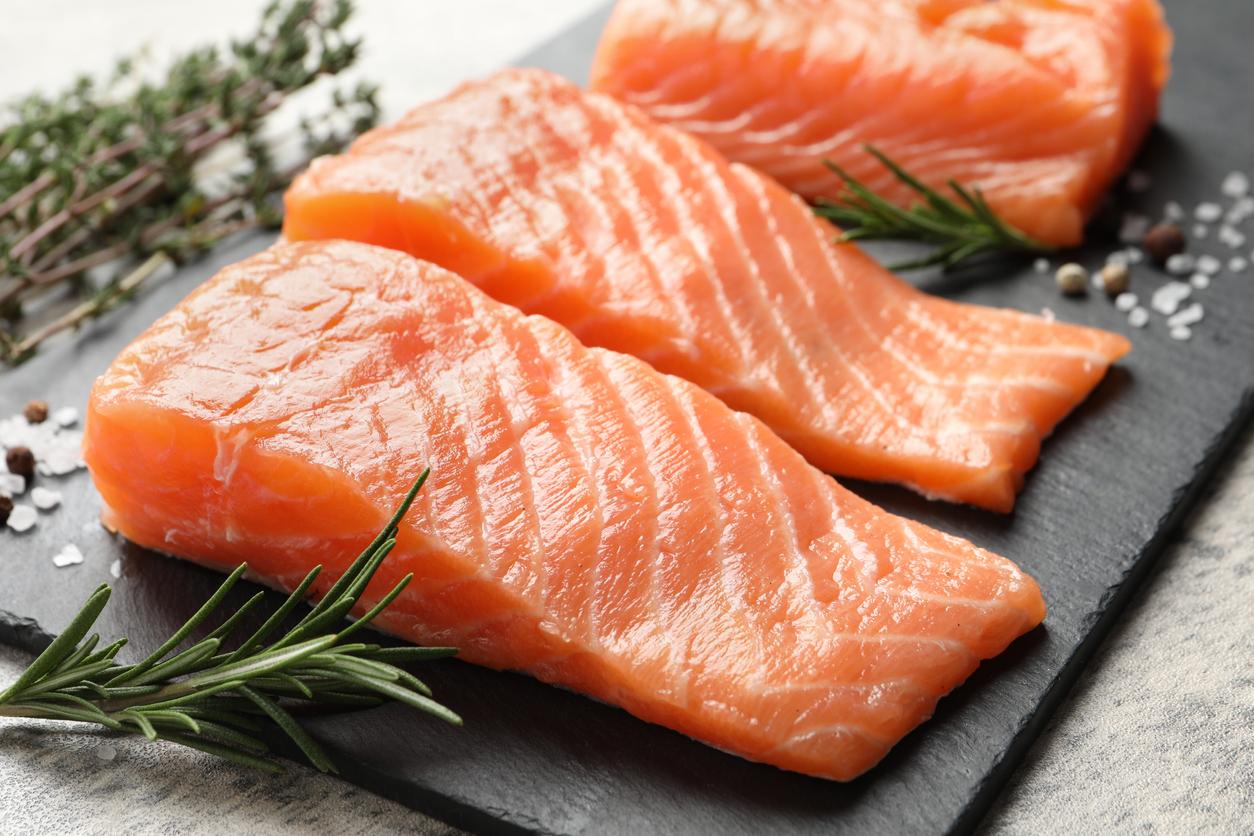July 30, 2003 – Farmed salmon are said to be so contaminated with PCBs that it could be dangerous to health to eat them too often, says an American environmental group.
The Environmental Working Group (EWG), a non-profit organization, analyzed ten samples of farmed salmon from five countries, including Canada and the United States, and sold on American soil. In 70% of cases, the group claims to have found levels of polychlorinated biphenyl (PCBs) sixteen times higher than those found in wild salmon.
It remains to be seen whether these rates pose a real threat to health, and the confusion over this within the US government does not help to make it clearer. Thus, the EWG reveals that the samples analyzed contained an average of 27 parts per billion (ppb) of PCBs, and the Food and Drug Administration (FDA) estimates that a level of 2000 ppb remains safe. However, the Environmental Protection Agency (EPA) specifies that any fish containing 4 ppb to 6 ppb of PCBs should not be consumed more than twice per week.
However, some analysts point out that the most permissive standard, that of the FDA, dates from 1984 and therefore may no longer reflect scientific reality.
This is the fourth time in a year that studies have detected elevated levels of PCBs in farmed salmon, and the results of two of the three previous studies were published in scientific journals.1 2. Representatives of the farmed salmon industry, however, dispute the findings of the EWG study, noting that the sample used is very small.
The impact of PCBs on health is poorly understood, but some believe that prolonged exposure to high concentrations increases the risk of developing certain cancers, especially those of the liver or kidney. These health concerns led in 1977 to the ban on the manufacture and import of PCBs in North America.
In the popularity chart for fish and seafood in North America, salmon ranks fourth behind tuna, shrimp and pollock. In particular, it is considered “safe” for pregnant women, in terms of the level of mercury it contains, in addition to being an excellent source of omega-3 fatty acids.
Jean-Benoit Legault – PasseportSanté.net
From New York Times and Washington Post; July 30, 2003.
1. Jacobs MN, Covaci A, Schepens P. Investigation of selected persistent organic pollutants in farmed Atlantic salmon (Salmo salar), salmon aquaculture feed, and fish oil components of the feed.About Sci Technol 2002 Jul 1; 36 (13): 2797-805.
2. Jacobs M, Ferrario J, Byrne C. Investigation of polychlorinated dibenzo-p-dioxins, dibenzo-p-furans and selected coplanar biphenyls in Scottish farmed Atlantic salmon (Salmo salar).Chemosphere 2002 Apr; 47 (2): 183-91.














